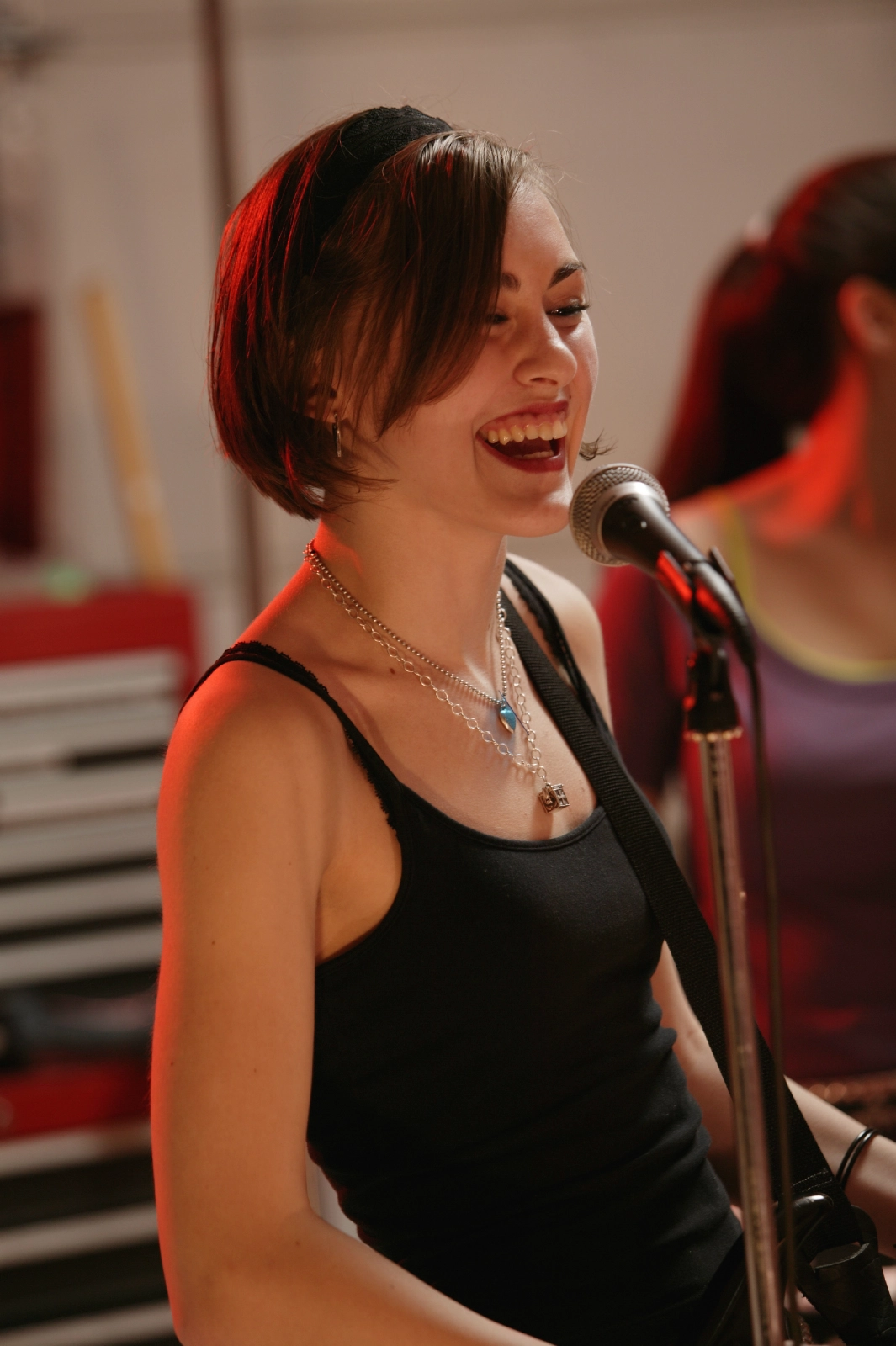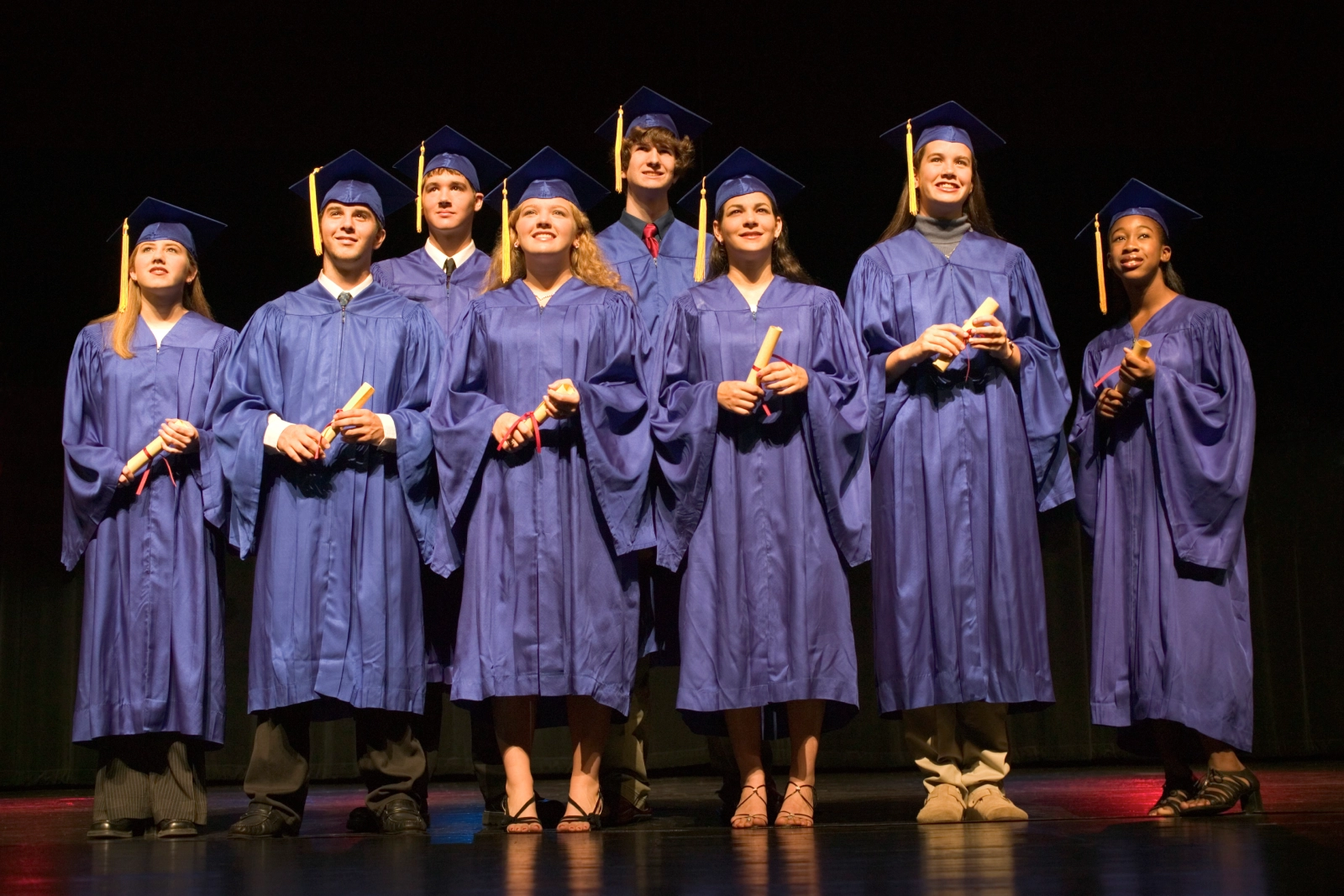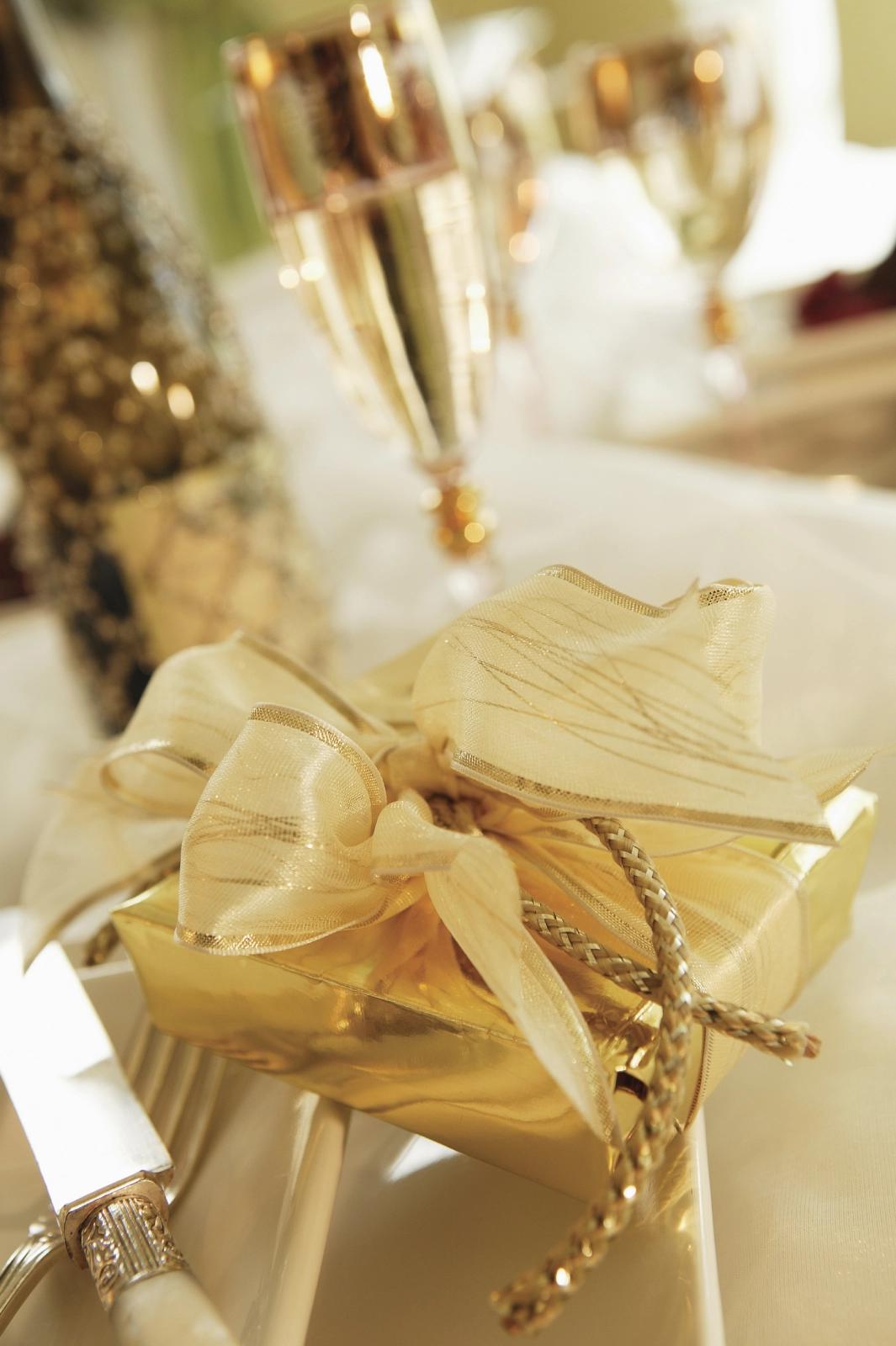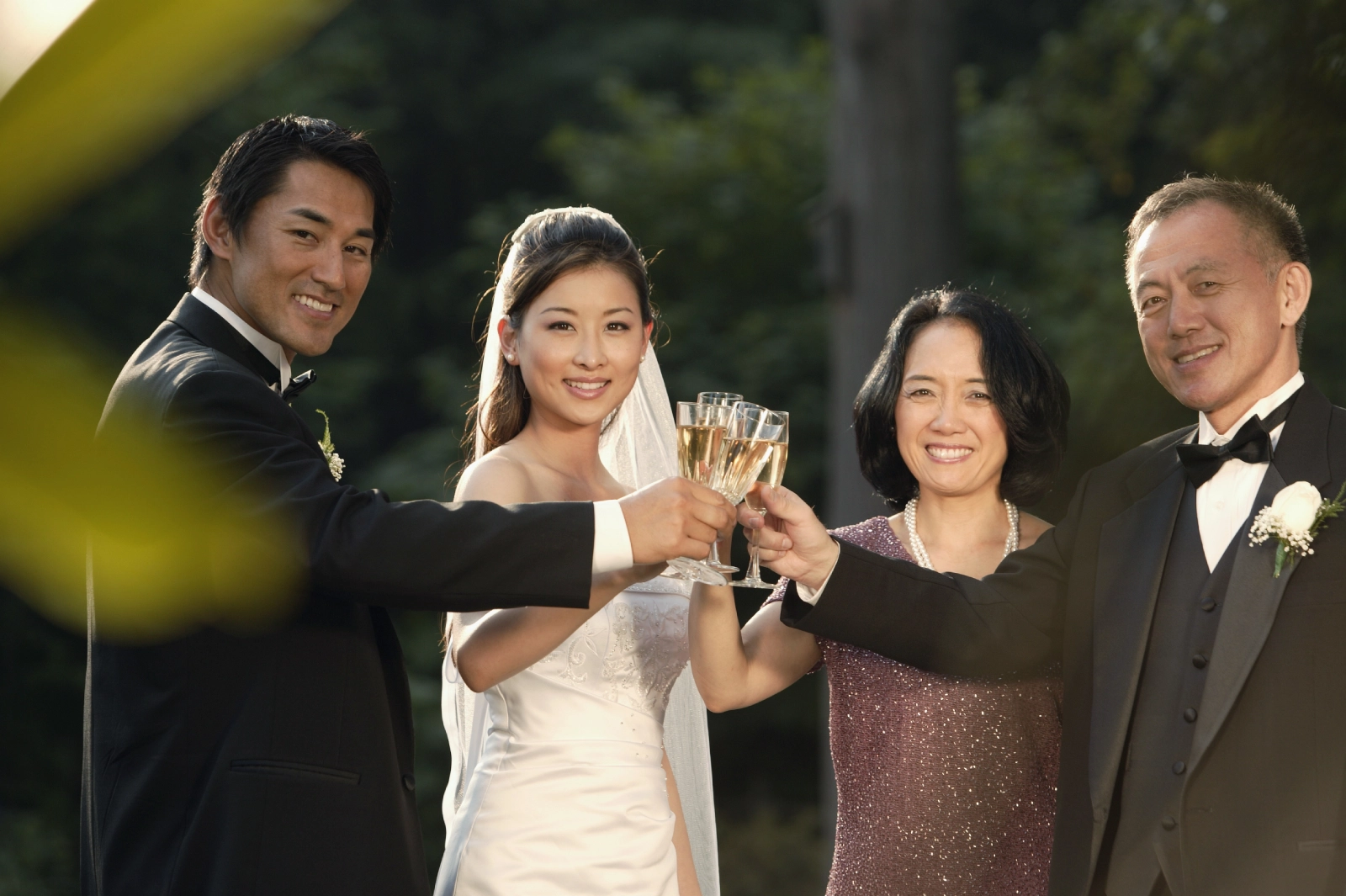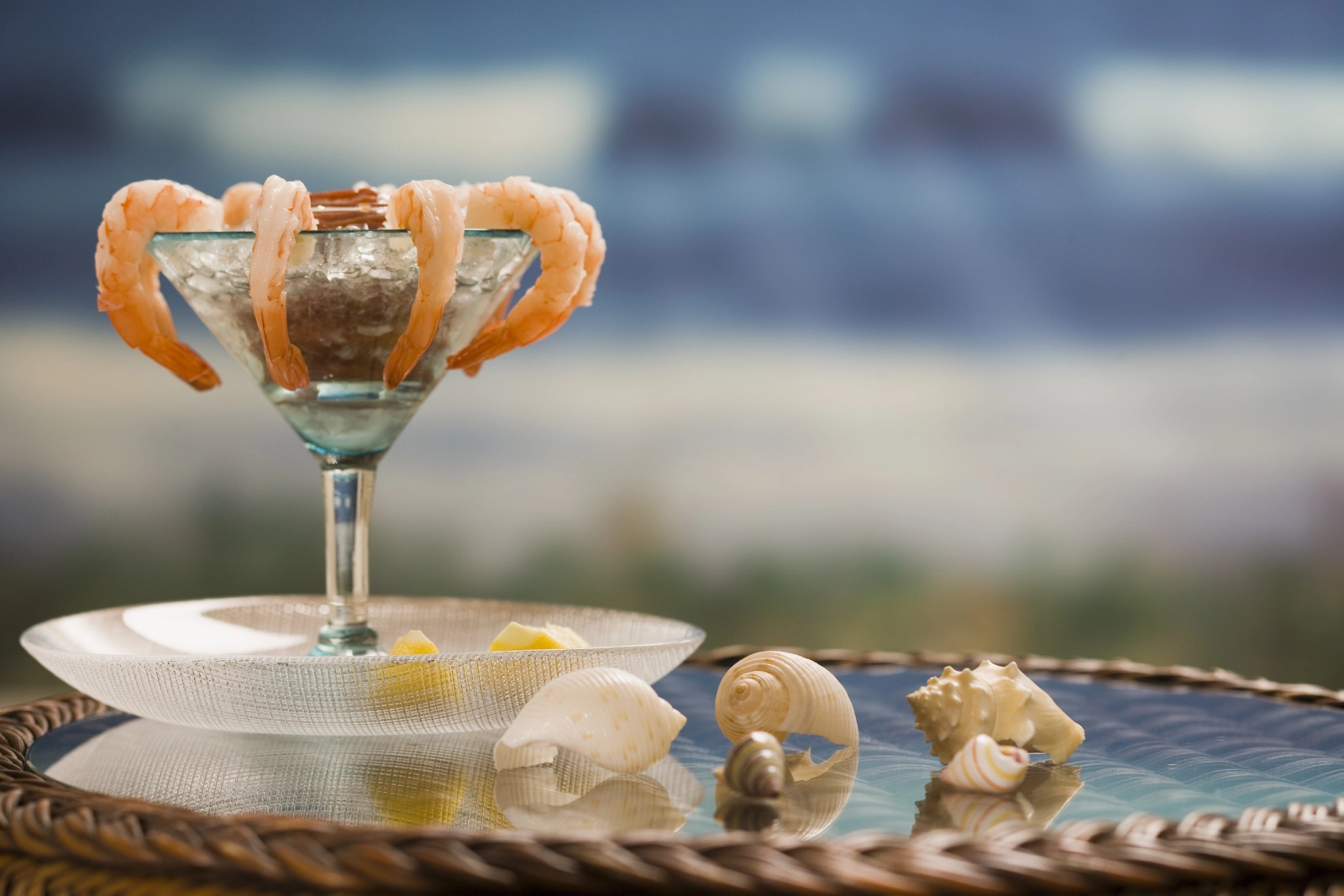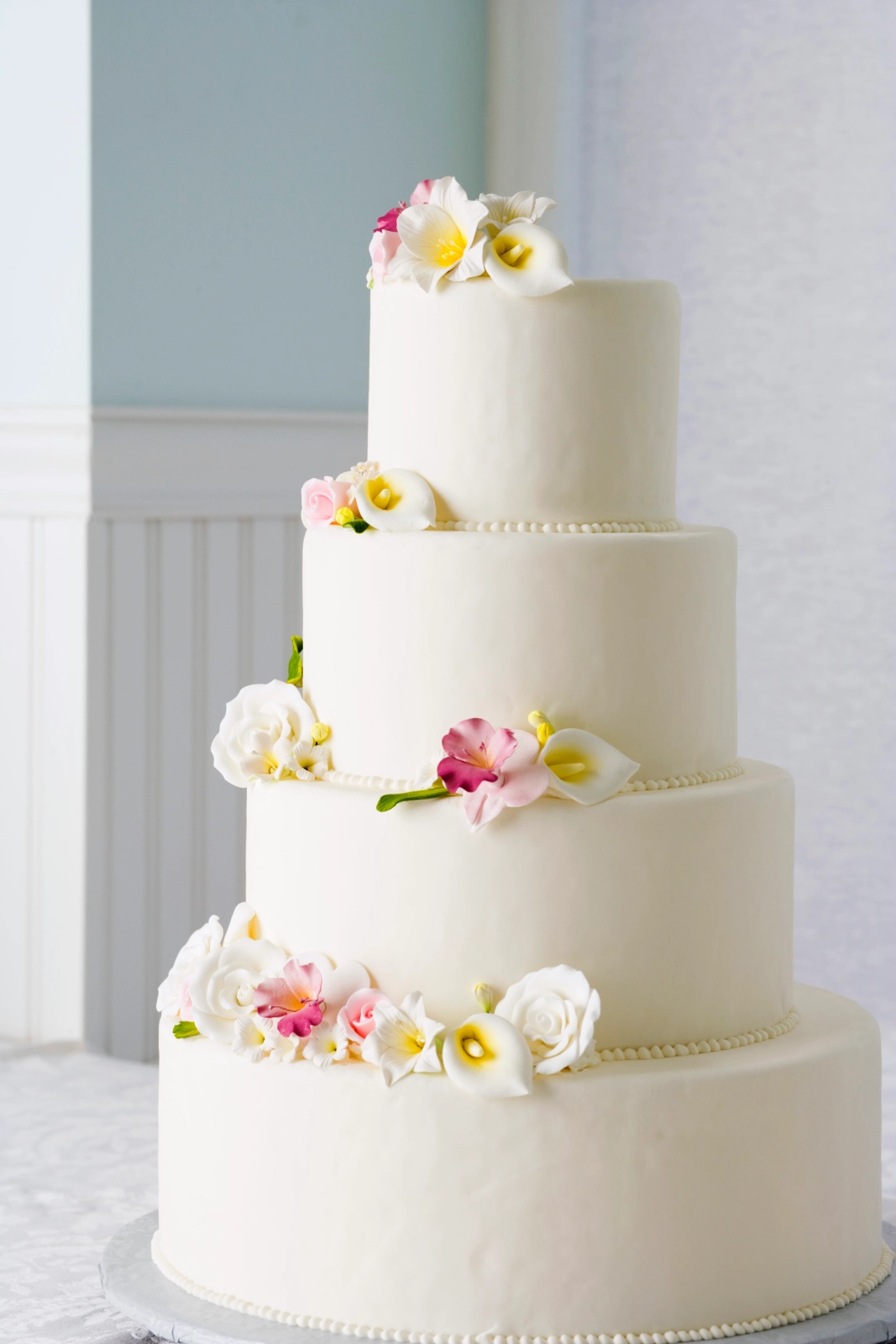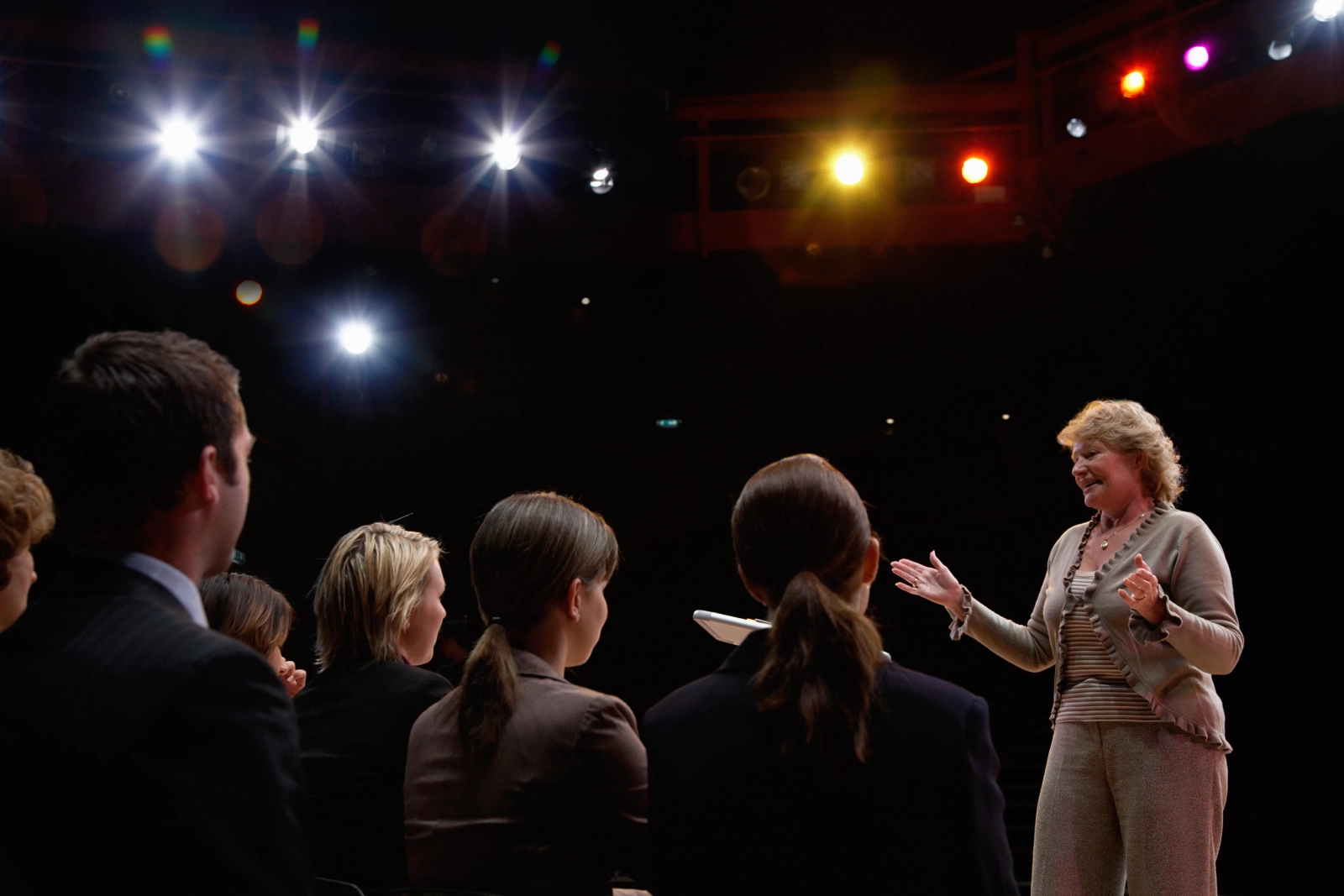Event Photography Tips: What It Is, Gear, and Workflow
- Oct 3
- 3 min read
Updated: Nov 3
Shooting conferences, concerts, or company offsites? This guide explains what is event photography in plain terms, then gives you field-tested event photography tips you can put to work tonight: planning, camera settings, lighting fixes, and delivery that clients actually use.
What is event photography?
Event photography is documentary coverage of a live gathering (people, key moments, and atmosphere) delivered fast and in formats that work for PR, social, sponsor decks, and internal recaps. It’s timing, access, and consistent results rather than staged portraiture.
Event photography tips
Pre-production that saves your night
Define success. Who’s using the images and where? Turn that into a short must-have list.
Run of show. Mark non-missable moments and plan your route between rooms.
Stakeholder micro-lists. Organizers (crowd, stage, décor), sponsors (logo + people), VIPs (handshakes, awards), performers (energy, crowd).
Usage & rights. Separate editorial recap from commercial sponsor use; plan model releases for staged promo shots.
Crew sync. Five minutes with AV/stage managers unlocks sightlines, power, and a safe shooting lane.
Lineup & second shooter. If the talent or extra photo support were booked via a marketplace (one excellent example is Linkaband, where you can hire not only event-specialist photographers but also bands, musicians, and entertainers for all kinds of events) pull the set list and any no-flash notes from the booking, and confirm contact details in one place. It cuts emails and helps you time peak moments.
Recommended equipment for event coverage
Camera bodies: Two mirrorless bodies with silent/electronic shutter and dual card slots.
Lenses: 24–70mm f/2.8 (general coverage), 70–200mm f/2.8 (stage reach), plus a 35mm or 50mm f/1.8 (low-light candids).
Lighting: On-camera flash with bounce card or small diffuser; one off-camera speedlight for step-and-repeat or sponsor wall.
Accessories: Spare batteries and cards, microfiber cloth, gaffer tape, earplugs, and a belt or sling for mobility.
Settings you can trust (by scenario)
Scenario | Mode & Exposure | AF & Drive | White Balance | Notes |
Indoor conference | A/Av, f/2.8–4, Auto ISO, min 1/200 | AF-C + face/eye; medium burst | Auto or 3800–4500 K | Quiet; expose for faces |
Stage performance | 1/250–1/500, f/2.8–4, Auto ISO | Single point for backlight | Auto; fix in RAW | Respect no-flash; time shots between slide/lighting changes |
Cocktail hour | A/Av, f/2–2.8, Auto ISO, min 1/125 | AF-C; short bursts | 3800–4200 K | Bounce/feather flash to keep ambience |
Step-and-repeat | M: 1/160, f/4–5.6, ISO 200–400 | Single; one-shot bursts | 5000 K | Subjects 1 m off backdrop to kill shadows |
Outdoor daytime | A/Av, f/2.8–5.6, Auto ISO, min 1/500 | AF-C; medium burst | Daylight | Backs to sun; add subtle fill if needed |
Why these work: a minimum shutter keeps motion sharp, Auto ISO adapts to changing light, and fixed Kelvin keeps color consistent across the gallery.
Quick lighting fixes
LED wall behind speaker: meter for the face or add +0.3–0.7 EV; shoot between slide changes.
Dark reception: 1/60–1/100 + bounced flash at 1/64–1/16 power to keep ambient feel.
Harsh daylight: backs to the sun; expose for skin; add a touch of fill or use negative fill (black card).
A shot list that keeps everyone happy
Open/Setup: exterior, signage, registration, empty room wide
People: arrivals, mingling, VIP handshakes, reactions, applause
Stage: wide with screens, clean medium of speaker, tight expression, reverse toward audience
Activations: booths, demos, sponsor interactions (logo + human moment)
Details: décor, badges, food, table settings
Groups: awardees, VIPs, team, performers with organizers
Closing: crowd exit, teardown team, final venue wide
Fast, clean delivery
Cull fast: tag selects during downtime; aim for a tight hero set.
Edit for consistency: exposure, skin tone, light NR; subtle grain beats waxy faces.
Naming & structure: EventName_YYYYMMDD_#### with separate Editorial and Sponsor/Commercial folders.
Exports: Social long edge 2048 px, sRGB, 80–90% quality; Press 3000–5000 px; Archive full-res JPG/TIFF.
Turnaround: same-day teaser; full gallery in 48–72 hours unless agreed otherwise.

